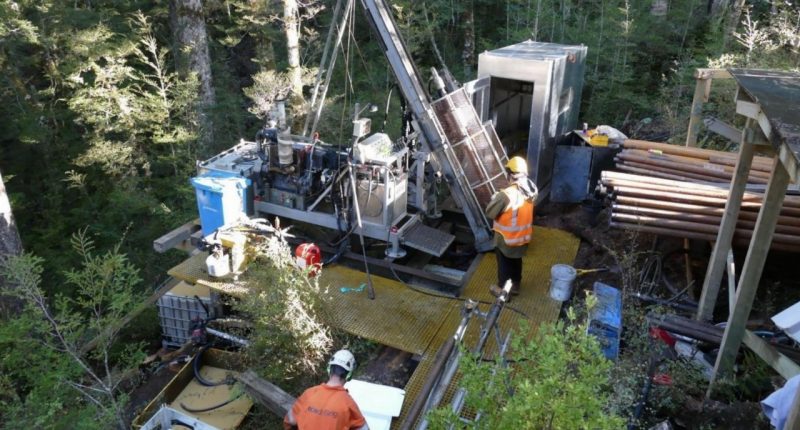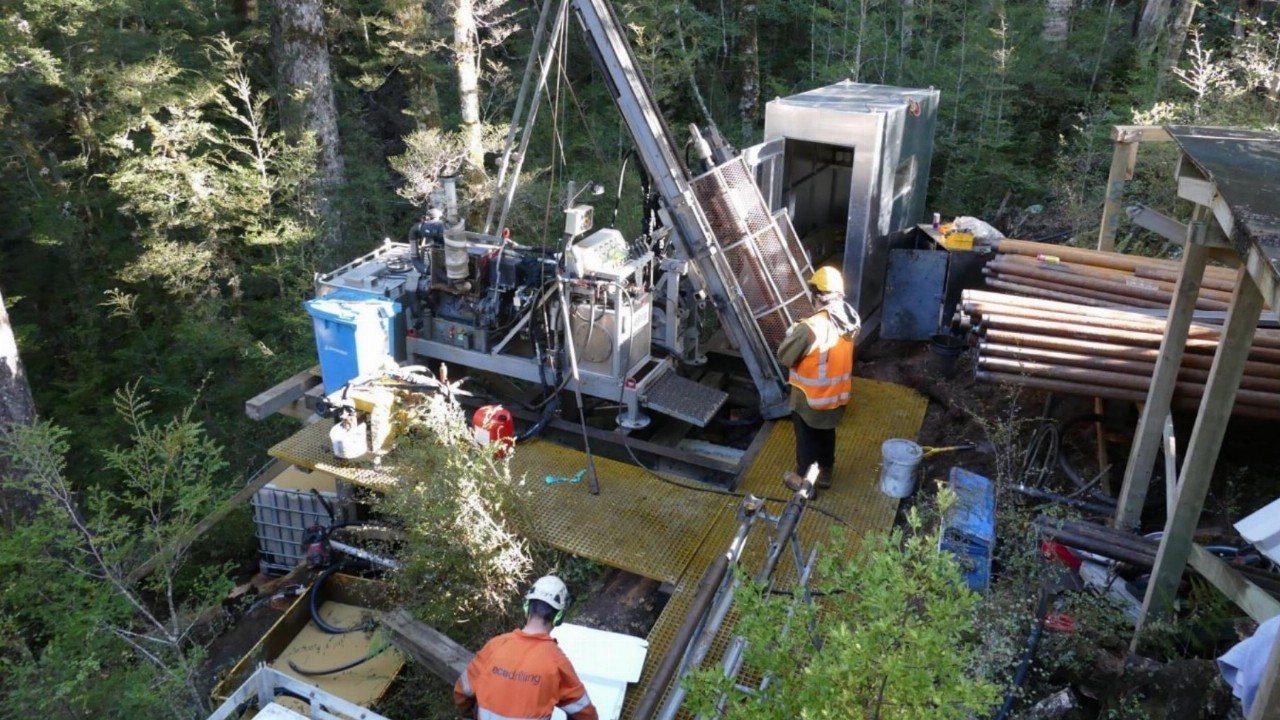- Siren Gold (SNG) identifies similarities in gold mineralisation between the company’s Reefton Project exploration sites and Fosterville in the Victorian Goldfields
- The Reefton Goldfield has been correlated to the Lachlan Fold Belt that contains the Victorian Goldfields, with gold mineralisation associated with two main events at around 445 million years (Ma) and 380-370Ma
- The similarities between Siren’s Alexander River project and Fosterville at this early stage are particularly compelling, with the structural setting and age being very similar
- SNG shares are up 6.25 per cent, trading at 34 cents
Siren Gold (SNG) has identified similarities in gold mineralisation between the company’s Reefton Project exploration sites and Fosterville in the Victorian Goldfields.
The Reefton Goldfield has been correlated to the Lachlan Fold Belt that contains the Victorian Goldfields, with gold mineralisation associated with two main events at around 445 million years (Ma) and 380-370Ma.
There are two distinct subtypes of orogenic gold mineralisation in Victoria, with the shallower (less than six kilometres) epizonal gold deposits in the Melbourne and eastern Bendigo zone, which includes Fosterville.
The event is characterised by arsenopyrite/pyrite hosted refractory gold and stibnite associated gold.
Similarly, gold mineralisation at Reefton also occurred in two distinct events with the first stage comprising gold mineralised quartz veins and a second characterised by quartz, stibnite, arsenopyrite, pyrite and gold.
At Fosterville, the gold associated with disseminated acicular arsenopyrite is thought to be an earlier event that was later overprinted by gold-stibnite mineralisation.
The gold hosted arsenopyrite is pervasive throughout the deposit but a narrow window of vein hosted gold-stibnite mineralisation exists from around 800 metres to 1350 metres in depth, below which there is vein hosted gold mineralisation only, occurring around 430 and 370 Ma ago.
The acicular arsenopyrite mineralisation at the Alexander River in the Reefton Project similarly represent that same initial gold mineralisation event.
The similarities between Siren’s Alexander River project and Fosterville at this early stage are particularly compelling, with the structural setting and age being very similar.
Gold mineralisation intersected at Alexander River is currently dominated by disseminated acicular arsenopyrite mineralisation with some visible gold in quartz veins, particularly in the deepest hole drilled to date.
However, only limited stibnite mineralisation has been observed at Alexander River to date but according to Siren Gold, this may reflect the relatively shallow sampling compared with Fosterville to date.
SNG shares were up 6.25 per cent, trading at 34 cents as of 11:20 am AEDT.








